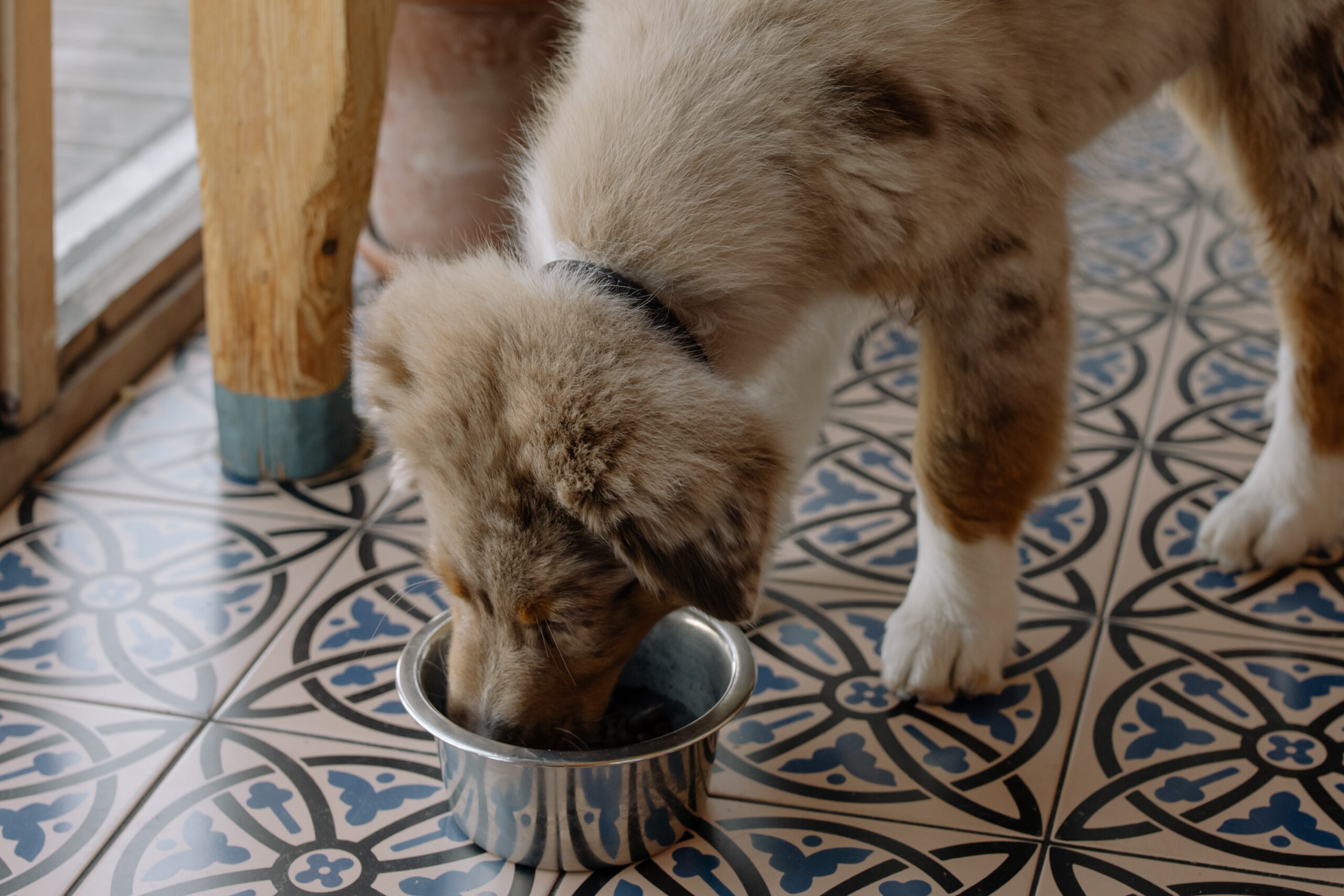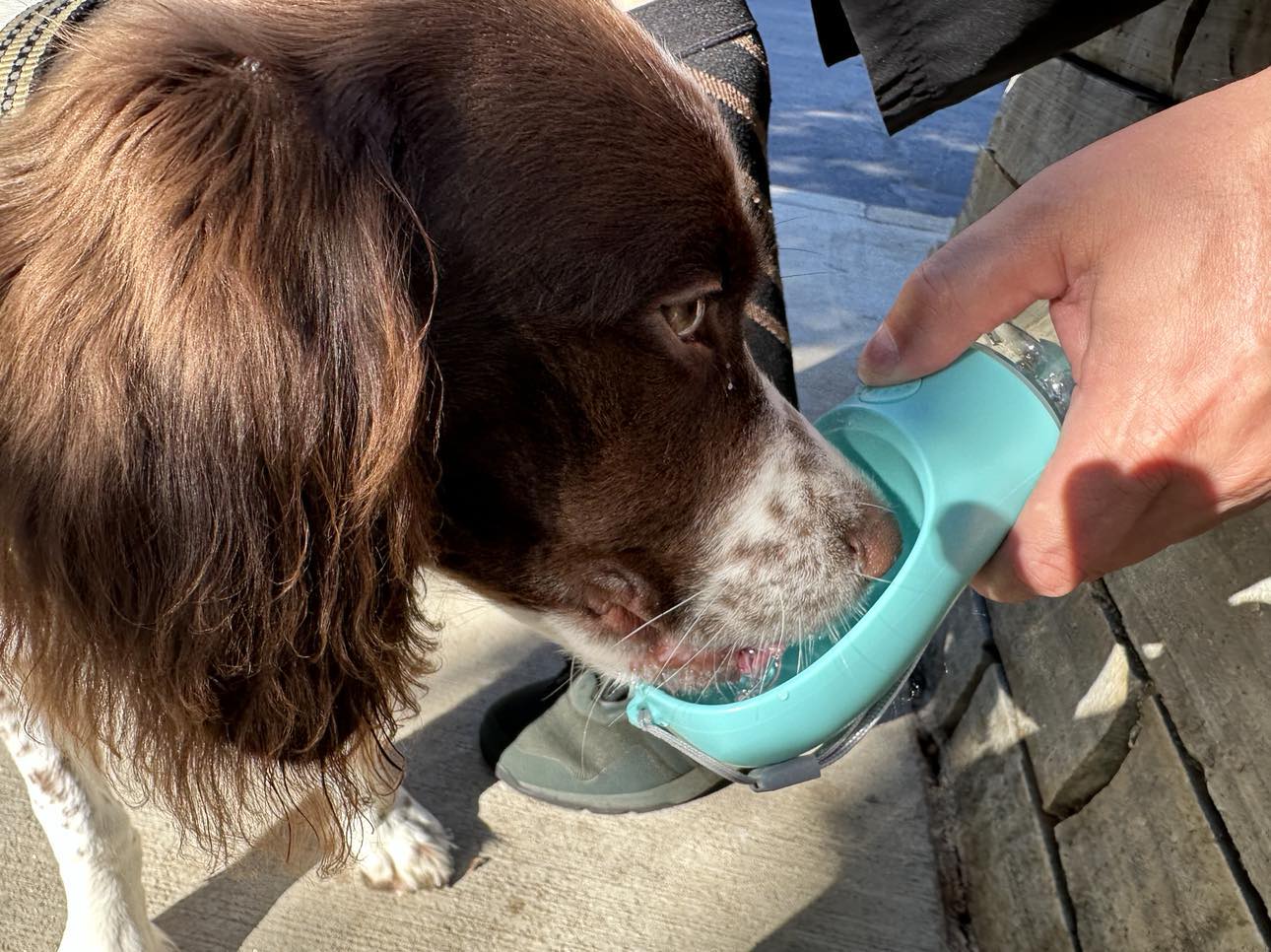Separation anxiety can be a challenging issue to address in dogs, including Brittany Spaniels, but with patience, consistency, and the right approach, you can help your dog overcome it. Here are some steps to deal with separation anxiety in your Brittany Spaniel:
- Consult a Veterinarian: Before implementing any behavior modification strategies, consult your veterinarian to rule out any underlying medical issues that may be contributing to your dog’s anxiety.
- Gradual Desensitization: Help your dog become accustomed to your absence gradually. Start with short departures and gradually increase the duration over time. This helps reduce the anxiety associated with your departure.
- Create a Calm Departure Routine: Avoid making a big fuss when leaving or returning home. Keep your comings and goings low-key to avoid triggering excitement or anxiety.
- Practice Short Absences: During training sessions, leave your Brittany Spaniel alone for short periods, such as a few minutes. Reward them when you return, but only if they are calm.
- Use a Cue Word: Create a specific cue word or phrase that you use when you leave, such as “be right back.” This can help signal to your dog that you will return.
- Engage in Pre-Departure Activities: Before you leave, engage your dog in activities that are mentally and physically stimulating, such as a game of fetch or a short training session. A tired dog is less likely to experience separation anxiety.
- Provide Interactive Toys: Offer puzzle toys, treat-dispensing toys, or food puzzles to keep your dog mentally engaged while you’re away. These can provide a distraction and help alleviate anxiety.
- Desensitize to Departure Cues: Pick up your keys or put on your shoes without actually leaving. This can help your dog become less sensitive to the cues that indicate your departure.
- Counterconditioning: Pair your departures with something positive, such as giving your dog a special treat or toy they only get when you leave. This helps create a positive association with your departures.
- Home Alone Training: Practice leaving your dog alone for short intervals and gradually increasing the time. Start with just a few seconds or minutes and work your way up. Reward calm behavior.
- Behavior Modification: Consider working with a professional dog trainer or behaviorist who specializes in separation anxiety. They can create a customized plan tailored to your dog’s needs.
- Medication: In severe cases of separation anxiety, medication prescribed by a veterinarian may be necessary to help manage your dog’s anxiety. Medication should always be used in conjunction with behavior modification and under the guidance of a veterinarian.
- Consistency: Be consistent with your training and routines. Consistency helps your dog understand what to expect and can reduce anxiety.
- Practice Alone Time: Encourage your Brittany Spaniel to spend time alone even when you’re at home. This can help them become more comfortable with solitude.
Dealing with separation anxiety can be a gradual process, and it’s essential to be patient and persistent. Avoid punishment for anxious behavior, as this can worsen the problem. Instead, focus on positive reinforcement and providing a safe and comfortable environment for your dog. With time and effort, many dogs can improve their separation anxiety and become more comfortable being alone. If necessary, seek professional help to address severe cases.









